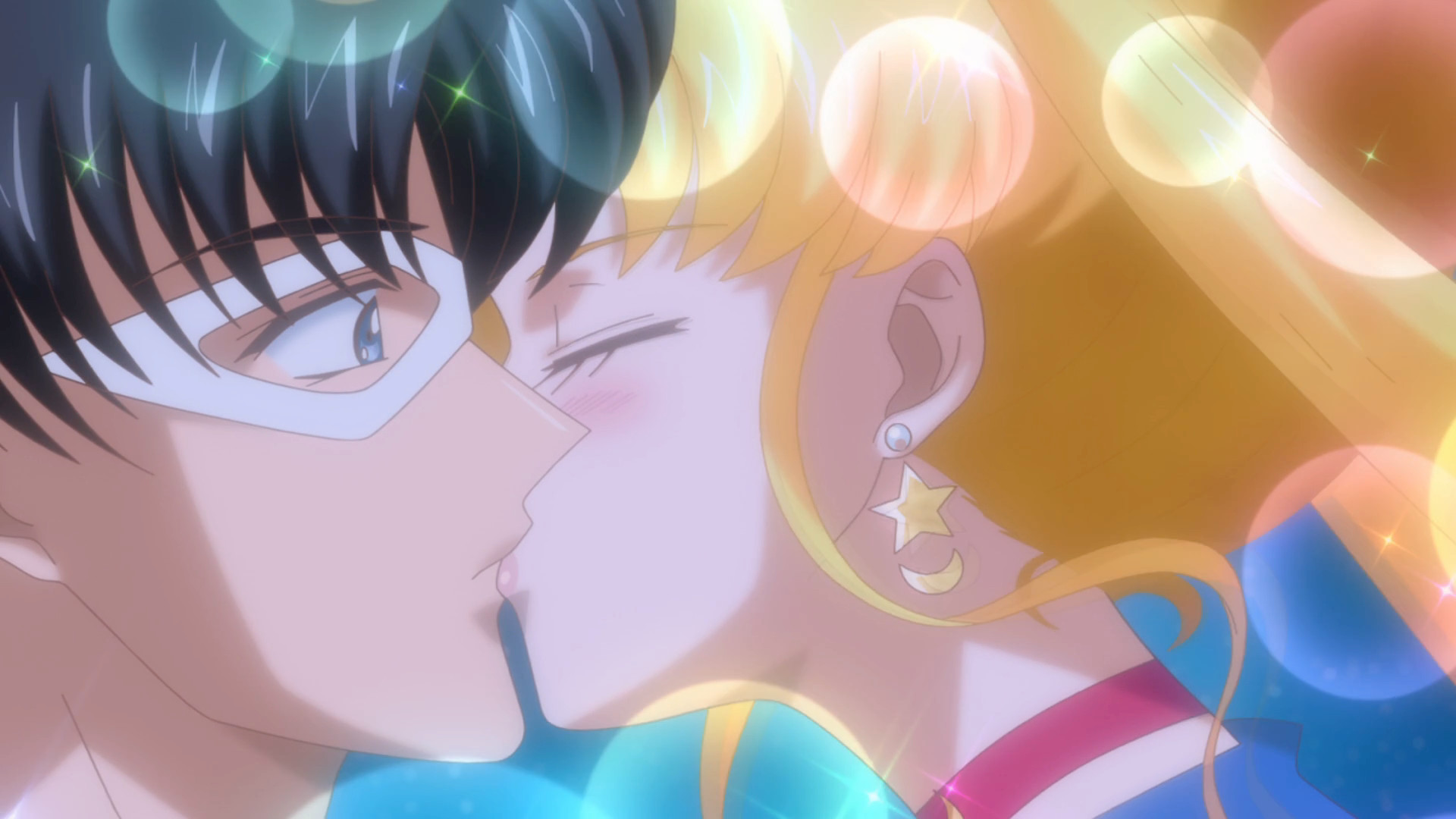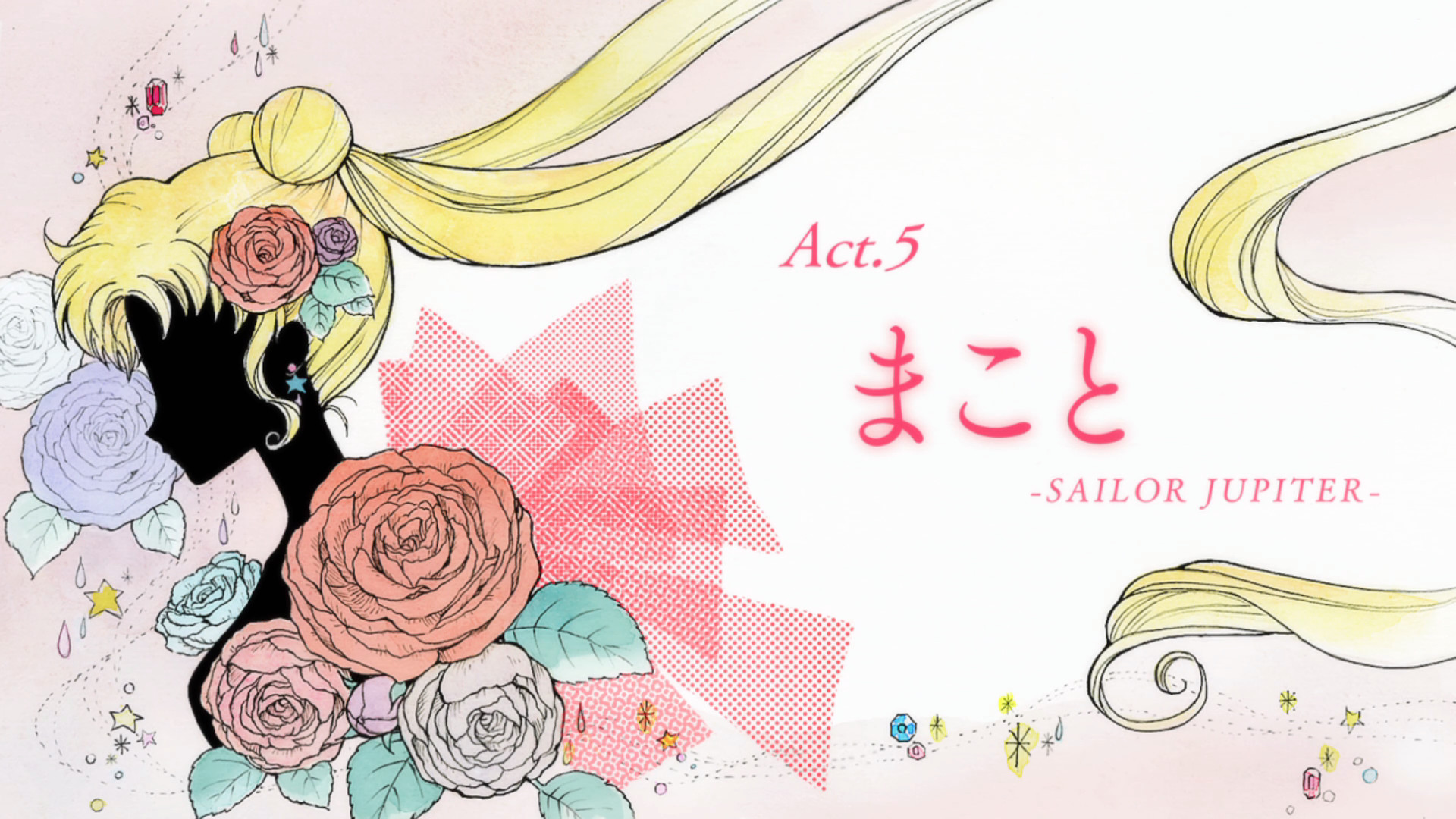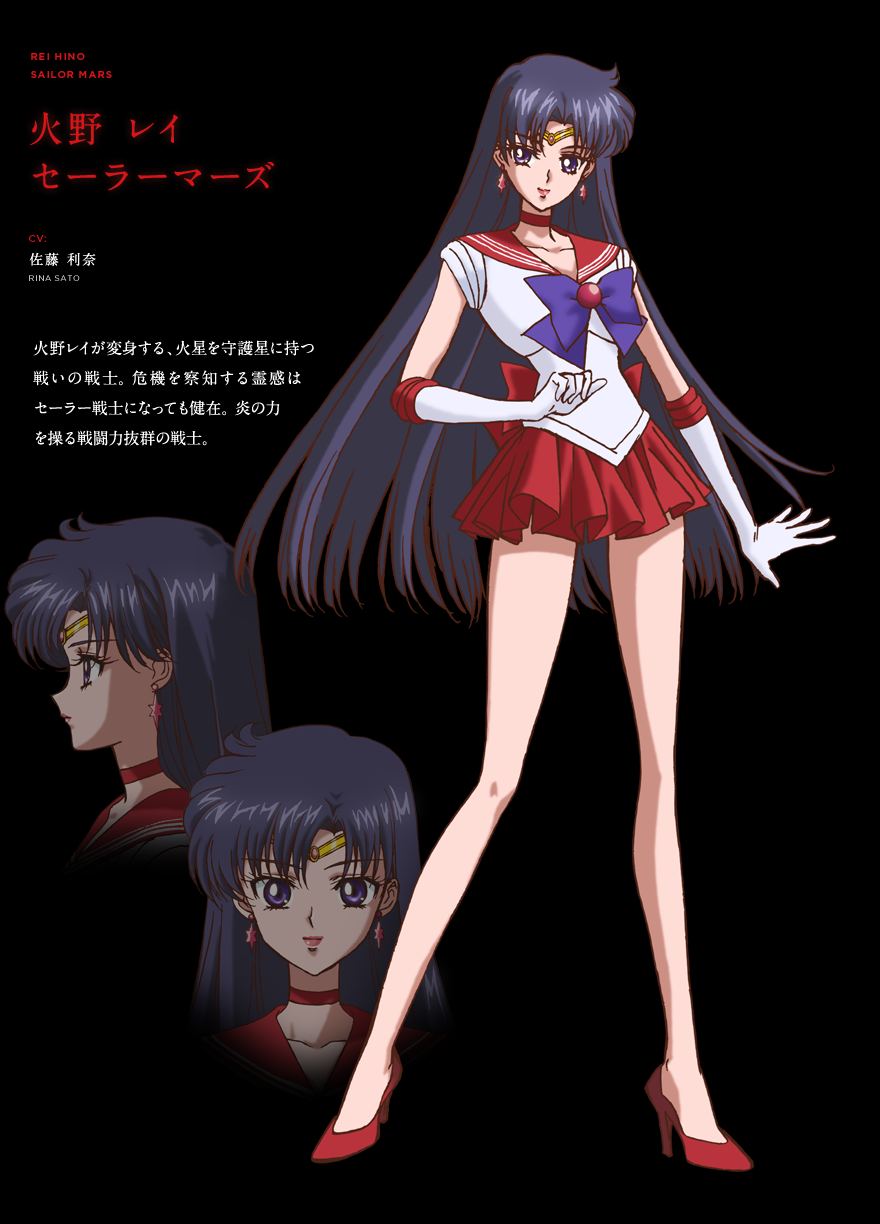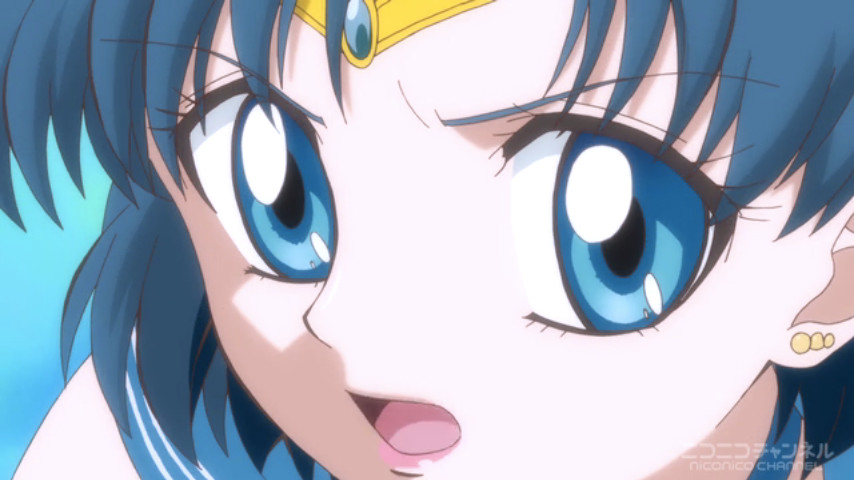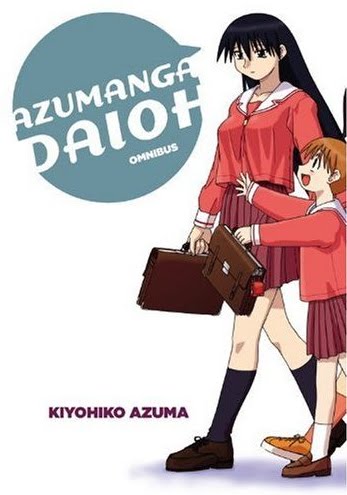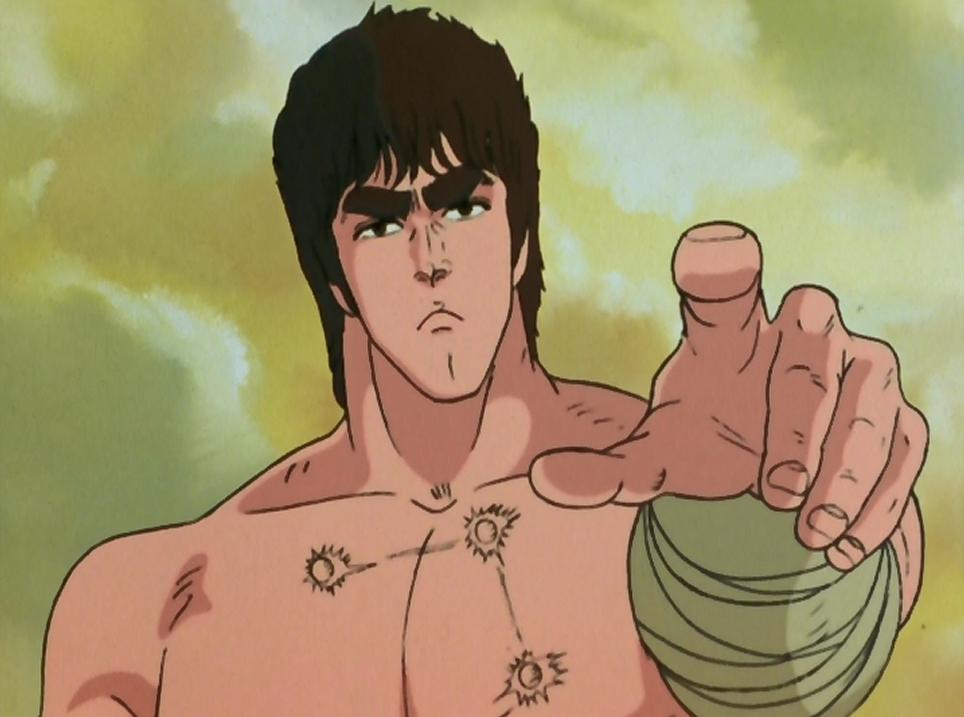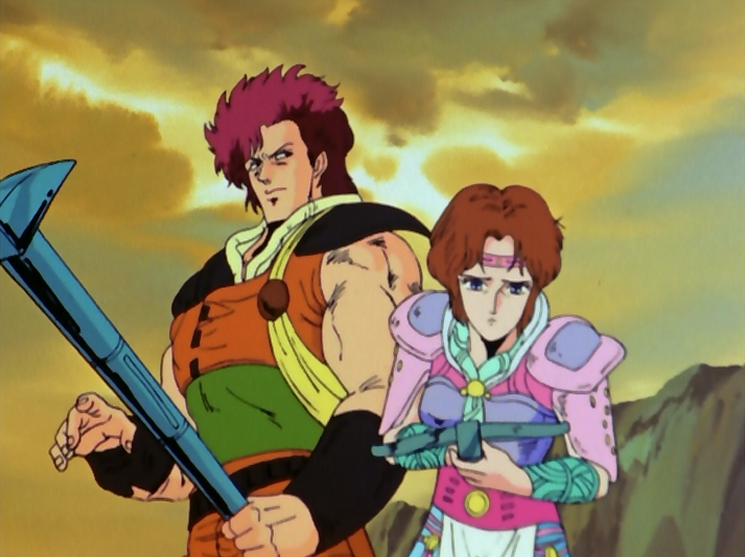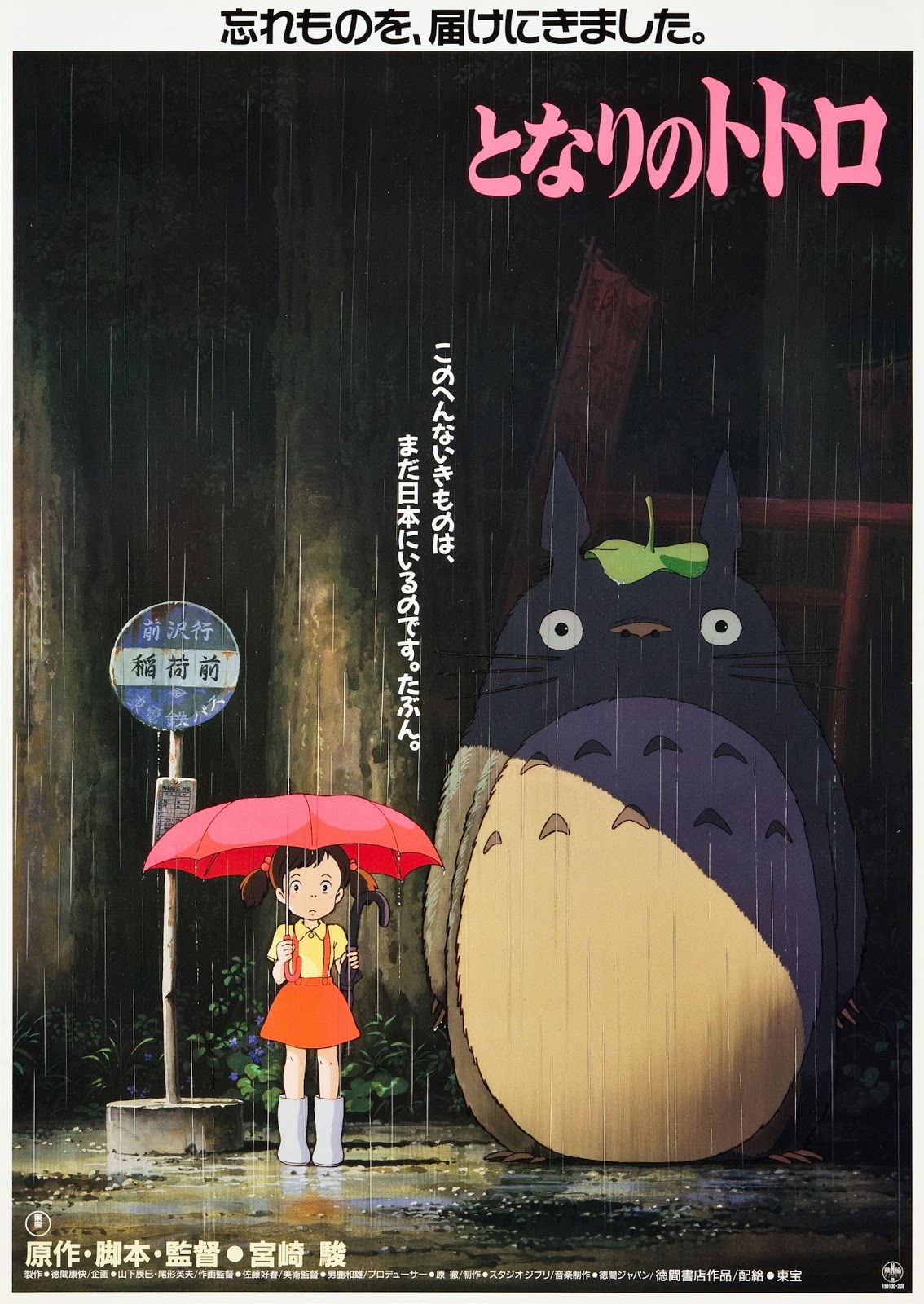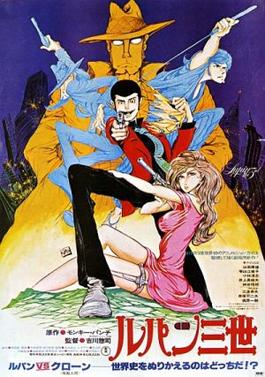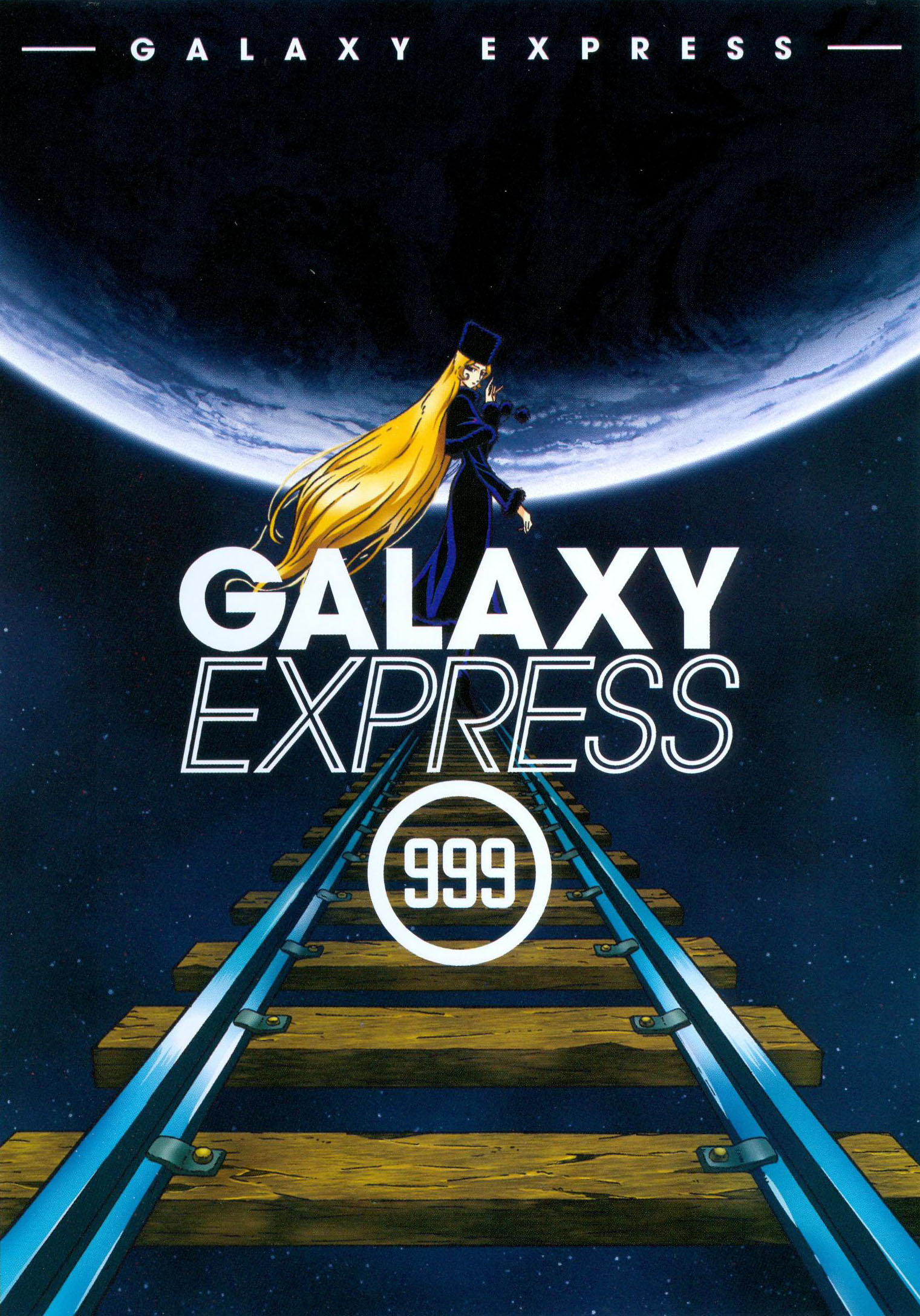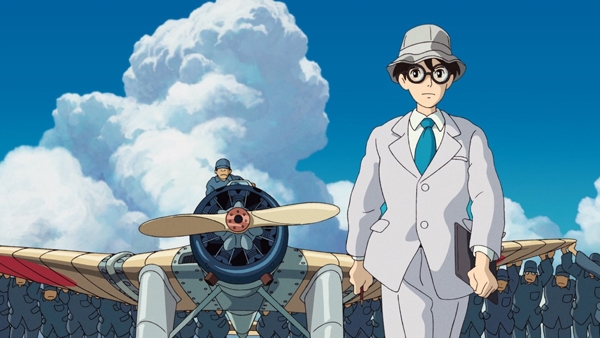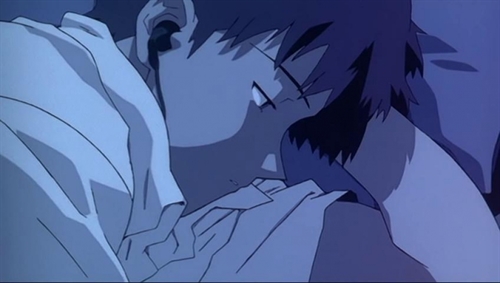Hello, everyone. I know that I haven't posted anything in over a month, but I recently have been busy with work-related material. However, this doesn't mean the end for Team AnimeManga. There's more to review, and there is sure a lot of content that I wish to review. But, until the next review, I feel like this little countdown is necessary.
As many of you know, I love anime, but I do get excited over anime movies. Many of you are probably wondering what my favorite anime movies are, and I will finally reveal that information. Please note that I may have or not reviewed any of the picks, so I will not go into much detail. I'll be explaining why I like them, and discuss more of the details in future reviews.
Grave of the Fireflies is the story of two siblings growing up during World War II, and this film is notorious for being an overall tearjerker. Even when I watched the film, I couldn't help but feel depressed as I watched it. However, it's one of those films that is so emotionally powerful, and beautifully animated, that I consider it in my list of favorite anime films.
Metropolis is adapted from the legendary
Osamu Tezuka's
manga of the same name, and it was also written by
Katsuhiro Otomo and directed by
Rintaro. As much I can say about this certain film is that it is based around a city in the future which is both inhabited by humans and robots, and how the robots are heavy discriminated and even get destroyed on the spot if they step out of their assigned area. With the collaboration of both Rintaro and Otomo, this film became a hit with its eye-popping visuals, and a story that has the audience remain in their seats to know what happens next.
Ghost in the Shell is one of those films that any anime otaku would know about since it was one of the few biggest anime hits to help bring more anime films into theaters in the United States. Besides its popularity, the film is also known for its heavy use of imagery and philosophical messages on life itself. Plus, the characters in the film are easy to get used to, and the science fiction elements are very enjoyable.
For those that have seen my review of this film in the
first part of my review of the films of
Hayao Miyazaki, there is not much I can explain, but it is one that I can mention once again.
My Neighbor Totoro is a film based around two young girls who have moved into the country with their father, so they could be close to their sick mother. They soon meet magical creatures, called Totoro, that live in the forest near their new home. This film was released as part of a double bill along with Grave of the Fireflies, and it eventually became Miyazaki's cult classic due to the sales of the Totoro dolls that was made after the film was given a television premiere. It is one of Miyazaki's lighthearted movies that can easily be enjoyed by audiences of all ages.
Just like
Ghost in the Shell,
Ninja Scroll has its own take of anime history in the United States as it was one of the first anime films to help bring anime to the States during the 1990s. The film was directed by
Yoshiaki Kawajiri, and it is the story of a ninja who is looking for the cure of a disease that he gets during the first act of the film and currently fights a group of evil ninjas. The film is notorious for its portrayal of graphic violence and sex, but in its own way, that is fitting to the story itself. The film's story is very entertaining for those who love action-packed/ultra-violent films featuring ninjas fighting each other to the death.
Lupin the 3rd: Mystery of Mamo (originally released as
Lupin the 3rd and alternatively titled
Secret of Mamo) was the first animated feature film based around
Monkey Punch's
mischievous thief of the same name.
It was released when the
second Lupin anime series was being produced for television, and it is one of the darkest
Lupin films I have seen so far. It is based around Lupin trying to find out the identity of the person who has been stealing some of the world's most sacred items to only find out that it is only part of a huge plan by a mastermind with a dark secret. The film is truly a
Lupin film with its dark sense of humor and amount of nudity that appears in the film. Plus, the villain himself is very disturbing along with his secrets that he reveals to both Lupin and Fujiko throughout the film.
Princess Mononoke is considered as one of Miyazaki's greatest films due to its heavy use of pacifistic and environmental messages, and its unique love story between the main character (who was cursed to die) and a female warrior who lived with wolves for the majority of her life. Along with those, there are the amazing visuals that are mostly presented in Miyazaki's films. Just like with
My Neighbor Totoro, since I already
reviewed this film, there's not much I could say about this film. However, I highly recommend this film to anyone, even though its war-like violence may be a bit disturbing.
3. Galaxy Express 999 (1979)
Galaxy Express 999 is based on the famous
Leiji Matsumoto's story of Tetsuro's journey on the space railway train of the
same name. Throughout the film, we see different locations within the universe as Tetsuro is off to get revenge for the death of his mother. Along with him is a mysterious woman by the name of Maetel, and he eventually meets other Matsumoto characters such as
Captain Harlock and Emeraldas on this particular journey. The visuals in the film are absolutely for the time that it was made, and under Rintaro's direction, it is a film to enjoy.
2. End of Evangelion (1997)
Indeed,
Hideaki Anno's alternate ending to his
Neon Genesis Evangelion television series is high on my Top Ten List. As much as I explained in my
review of the film, there is so much that goes on in the film that trying to explain one bit of detail might spoil certain parts of the movie. However, it separates itself in two parts as if it were two episodes put together. The first part being like an actual episode, and the second being something completely different. To the point, the visuals are breathtaking (especially in the second part) and the direction that Anno takes the film is both terrifying yet satisfying.
1. Akira (1988)
That is correct. My number one favorite anime film is none other than Katsuhiro Otomo's film adaptation of his manga of the same name.
Akira isn't just a well-known anime film. It is a landmark of Japanese animation. It is the first to actually have the actors record their lines for the film before the animation process, and it was the film that gave birth to the modern day anime industry (which was later expanded by the previously mentioned
films like
Ghost in the Shell and
Ninja Scroll, and television series such as
Sailor Moon and
Dragon Ball Z). The story (even though it is somewhat different to the one in the manga) and the visuals are beautifully animated for the screen with the addition of the characters. For any person who loves anime, the film itself is highly recommended to both the casual fan and the otakus.
Written by Nolan Schmidt


